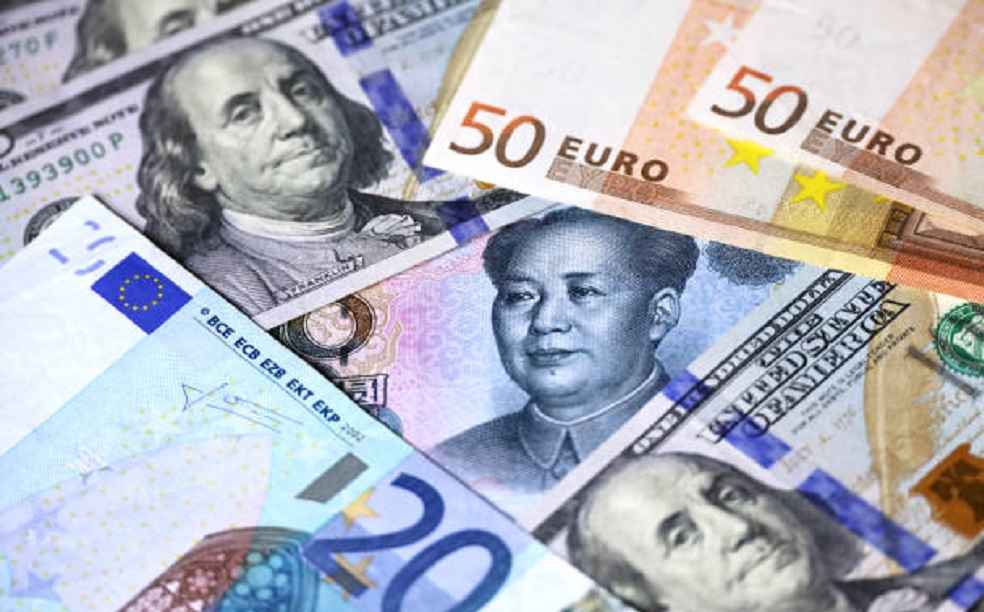Two primary BRICS nations, Russia and China, have initiated a profound alteration in international trade dynamics by eschewing the US Dollar entirely within their bilateral trade frameworks. This strategic decision forms a cornerstone of a broader agenda aimed at diminishing Western currencies’ supremacy across global economic spheres, particularly within the Global South.
Historic Economic Shift
During a recent dialogue with TASS news agency, Russian Foreign Minister Sergey Lavrov elucidated this economic pivot, noting that nearly all transactions between these nations now transact through their respective national currencies—the yuan and the ruble. This change underscores a robust commitment to minimize reliance on the US dollar, long targeted within the BRICS as an objective.

Such strategic distancing from the dollar arises partly from the West’s economic sanctions post-Russia’s activities in Ukraine, highlighting the vulnerabilities tied to a dollar-centric trade system.
Economic Repercussions
This currency paradigm shift not only signifies a geopolitical realignment but also strengthens economic ties between Russia and China. In 2023, bilateral trade surged to an unprecedented $240 billion, marking a 26% increase. Conversely, trade figures between Russia and the United States plummeted to a 30-year nadir.

The full adoption of the ruble and yuan in bilateral dealings is poised to enhance the international stature of these currencies, potentially encouraging other nations within the BRICS consortium to adopt similar measures. Such developments promise to usher in an era where national currencies eclipse the long-standing dominance of the dollar in global trade.
IMEX SECTOR | Russia Warns of Rice Ban: Pakistan Must Address Phytosanitary Flaws



